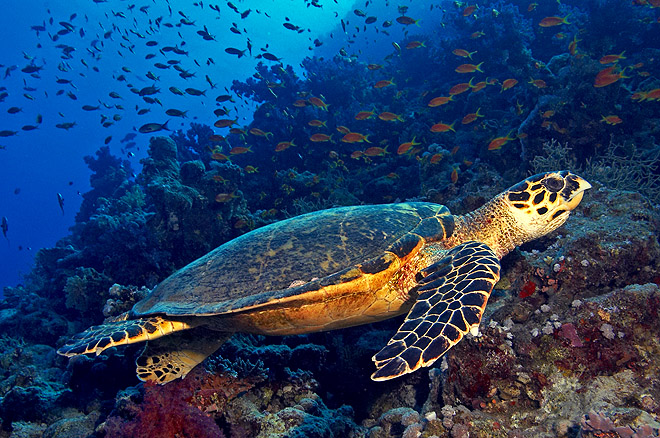The Arabian Gulf is a beacon of culture, offering rich history and, as it turns out, a rich assortment of wildlife. There’s more around than just baladi cats and Dromedary camels.
Take a look for yourself:
1. Arabian oryx
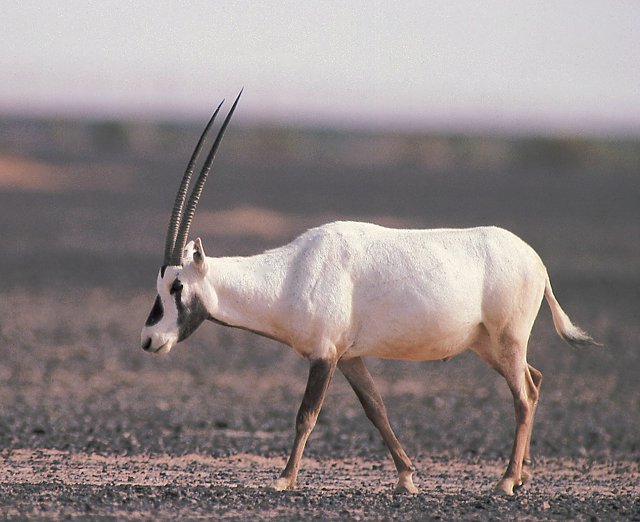
This majestic beast is indigenous to the UAE. Hunted to near extinction during the mid 20th century, the Arabian oryx is a true success story for restoration programs.
By 1968, the Arabian oryx was so close to extinction that there were only four left in the wild. Emirati President Sheikh Zayed captured and put the remaining onyx in a restoration center on Sir Bani Yas island where they were successfully bred for reintroduction. Between 2007 and 2011, captive bred oryxes were returned to the wild, where their numbers flourished, leading the International Union for the Conservation of Nature (IUCN) to downgrade their status from “critically endangered” to “vulnerable.” A huge win for scientists and a huge win for the Emirates.
2. Houbara bustard
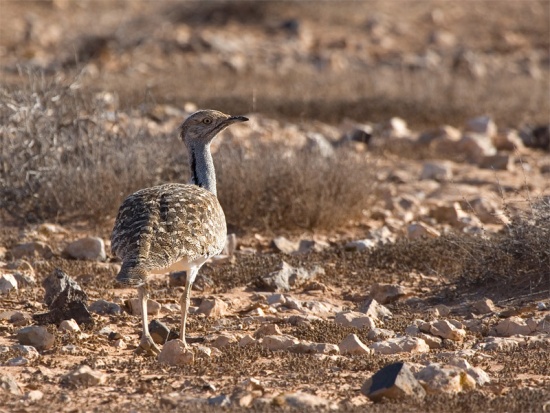
These fat little birds used to be found all over the Emirates. Sadly, the houbara bustard is a favorite food of indigenous falcons and they are ill-equipped to escape.
The International Fund for Houbara Conservation (IFHC), located in Abu Dhabi, is the most acclaimed houbara restoration program in the world and it has made efforts to breed the birds in captivity as well as advocate for their protection.
3. Spiny-tailed lizard
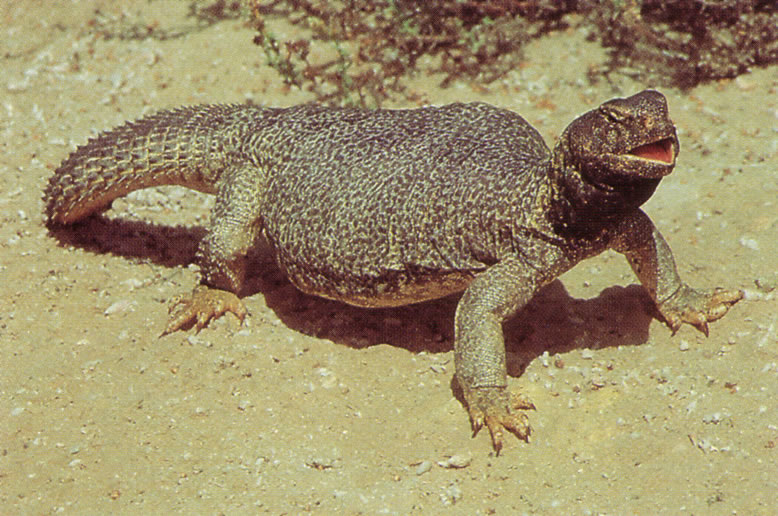
Sure, it looks like a dragon… And it walks like a dragon… But it is strictly vegetarian! Not so scary, after all.
Called “dhab” locally, these large lizards are super peaceful and friendly to other animals. They even share their burrows with hedgehogs, snakes and scorpions – whoever needs a home.
Fun fact: Spiny-tailed lizards go their entire lives without drinking water!
4. Sand cat

Found in Liwa in the UAE, the sand cat is the smallest of all Arabian wildcats, reaching approximately half the size of a domestic cat. Due to its tiny size, the sand cat’s diet is limited to insects and small reptiles. However, they have been known, on occasion, to try and take down young hares (but not always successfully). Sand cats are one of the few felines that burrow their own dens.
Unfortunately, due to habitat destruction and hunting by farmers, the number of sand cats has declined dramatically in recent years. There have been only four confirmed sightings in the UAE since 1995.
5. Dugong

Familiar with mermaids?
The dugong is supposedly the species that sex-deprived sailors mistook for mermaids back in the day of sea folklore.
Although they’re not indigenous to the UAE, dugongs are sometimes seen around the islands of Marawah and Bu Tina near Abu Dhabi. The islands are along a major dugong migration path and happen to be a favorite pit stop for eating and some nice R&R.
Who knew that dugongs love Gulf food as much as we do?
6. Striped hyena
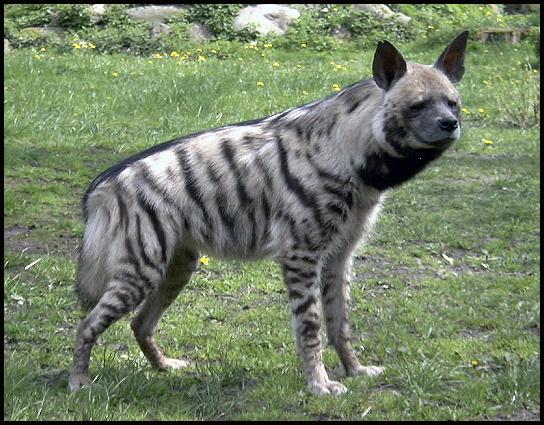
One of several species of hyena found in the Middle East and Arabian peninsula, the striped hyena is the smallest and holds a prominent spot in the history of the region. Found in Israel as well, the striped hyena is mentioned in the Hebrew bible (referred to as tzebua or zevoa) and areas with heavy influences of pagan culture believe that hyenas carry magical powers. For that reason, body parts are often used to make charms and talismans.
Striped hyenas are known to “play dead” when threatened.
Fun fact: Striped hyenas are naturally monogamous and raise their young in pairs.
7. Arabian leopard
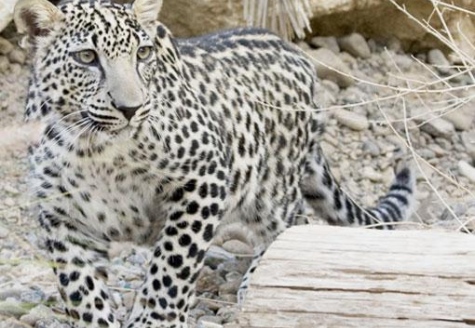
Sadly, this beautiful creature native to the Arabian peninsula is currently listed as “critically endangered” by the IUCN. Habitat destruction, overhunting, and general ignorance (from farmers protecting their livestock) have left fewer than 200 alive today – in the wild and in captivity. Although the majority of sightings have been in Oman and Yemen, Arabian leopards have been spotted (no pun intended) very rarely in the Emirates.
Restoration programs, such as the Breeding Centre for Endangered Arabian Wildlife in Sharjah, have been established to reboot the leopard population and they’ve been successful thus far. But it’ll take time to restore the population to its original 20th century numbers.
Inshallah Arabian leopards will become a success story for restoration science like the oryx. Si se puede!
8. Blue whale
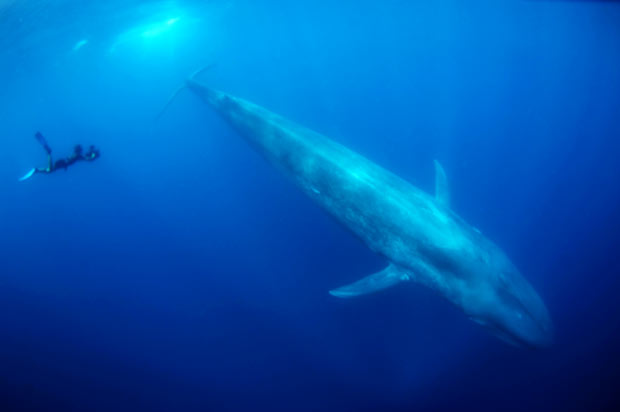
The blue whale isn’t just the largest animal on Earth today, it’s the largest animal known to have existed on Earth EVER. That’s right, it’s bigger than any of the dinosaurs – the largest dinosaur being the Argentinosauros at 90 tons. At 30 m long and 170 tons, the blue whale eats a ridiculous amount of krill (up to 40 million) every day.
Fun fact: A blue whale’s junk is 10 ft long. Not that size matters or anything.
9. Socotra cormorant
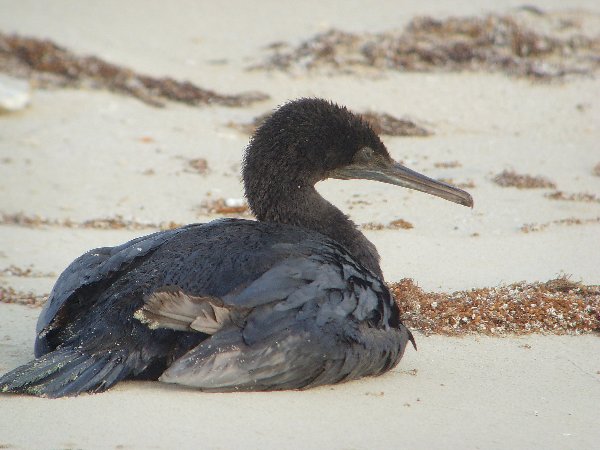
This sea bird used to be found all over the Gulf coast, but now it’s limited to the islands in the Gulf and the coast of the Arabian Sea. Coastline development has disturbed cormorant habitat, forcing birds to abandon their nests and leaving the entire species threatened.
Currently, there are protected breeding grounds for cormorant colonies Marawah and al-Yasat off the coast of Abu Dhabi.
10. Hawksbill sea turtle
While these glorious turtles are not unique to the Emirates, they are known to nest on Gulf coastlines. You’ll be lucky to see one, as they’re listed as critically endangered (numbers have declined by 80% over the past century) due to poachers killing them for their colorful shells as well as rising sea levels washing eggs out of their beach nests.
The Convention on International Trade in Endangered Species specifically prohibits the “capture or trade” of Hawksbill sea turtles, but they (and product derivatives) can still be found on the black market.
The Hawksbill Sea Turtle Conservation Program, based in the Gulf, monitors construction at Saadiyat Beach near Abu Dhabi to make sure it doesn’t infringe on Hawksbill habitat.
WE SAID THIS: Don’t miss “8 Surprising Animals You Didn’t Know Live in Egypt“.


